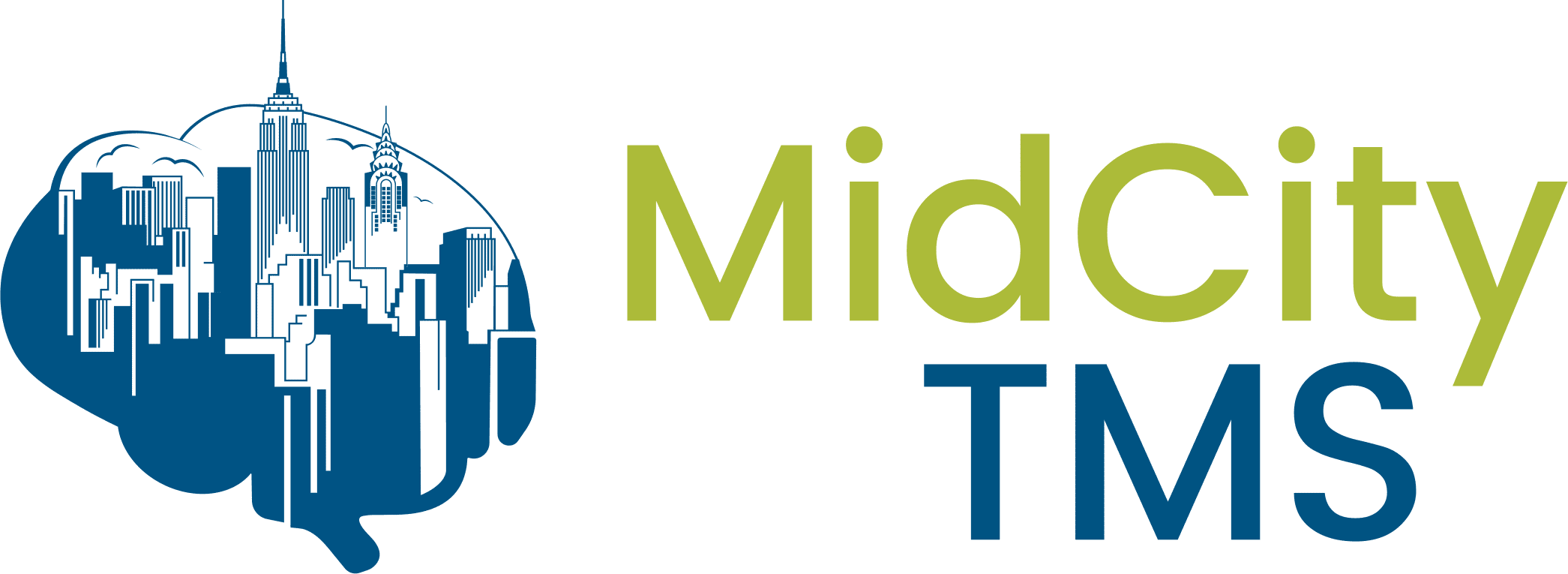While TMS is one of the most effective treatments for those with major depressive disorder (MDD), the treatment is not a guaranteed cure for the condition. There are many patients who go through standard treatment courses, but their symptoms fail to adequately improve. Researchers hope that by studying those with poor or late responses to TMS, they can discover why these delays occur and develop a more effective treatment strategy for these individuals.
About Poor or Late TMS Response
The standard treatment TMS course lasts 30-36 sessions, usually conducted over 6-8 weeks. Most patients begin to get better within 2-3 weeks. Some patients don’t respond within the usual timeframe or have only a partial response to the treatment. There are various protocols and augmentation strategies–most of which we routinely use at Mid City TMS–that can optimize outcomes in patients who have little or no response early in the treatment course (i.e. after about 15 treatment sessions) or who have had only a partial response at the end of the usual treatment course. These strategies include redoing the motor threshold, double-checking the location of the treatment target, revisiting the initial evaluation and diagnosis, reviewing medications, identifying and addressing psychosocial factors, and extending treatments.
Experiments Measuring Late Response
Testing Extended Treatment
According to Dr. PB Fitzgerald in A Study of the Pattern of Response to rTMS treatment in Depression, most major clinical trials do not identify a plateau of response at the end of the studies, which vary from 3 to 6 weeks. Because of this, they estimate a maximal response for treatment occurs on average somewhere beyond six weeks of the standard FDA-approved protocol.
In 2011, Dr. William McDonald conducted a voluntary extension study of the OPT-TMS RCT, which focused on finding an optimal number of treatments.
Phase I involved a randomized, 3–6 week study which started TMS power at a standard 10hz with a 120% motor threshold over the dorsolateral prefrontal cortex (DLPFC). Each patient received 3,000 pulses per session over 3-6 weeks of treatment, equalling a total of around 90,000 pulses.
Subjects who failed to achieve remission after this course had the option to join an OL extension study. Phase 2a involved an additional 3-6 weeks of fast left treatment. 2b was reserved for those who failed to remit in 2a and involved 4 weeks of slower pulses (1hz for 30 min, 120% motor threshold) to the right DLPFC.
16% of subjects in Phase 2a saw symptom relief, while 26% achieved remission in phase 2b. In total, 30.5% of patients in the extended treatments were remitted. These findings supported changing treatment protocols in the case of a non-remittance patient.
The field of TMS evolves every day as research on biomarkers and response predictors gains more traction. Existing studies support alternative methods that could reduce the time-consuming aspect of the treatment, as well as show evidence that augmented strategies can be successful. While more research must be done to conclude these findings with certainty, there is hope for those who take longer to achieve remission.
See if TMS is Right for You with Mid City TMS
At Mid City TMS, our expert staff stays abreast of the rapidly evolving developments in the field of brain stimulation/neuromodulation, such as accelerated protocols and how best to switch from standard protocols when they are insufficiently effective. We take every factor into consideration when designing your personalized TMS regimen. We’re happy to work with your primary psychiatrist and/ or therapist to ensure TMS is compatible with your current medical needs. To know whether or not TMS is right for you, contact us for a free no-obligation consultation.



